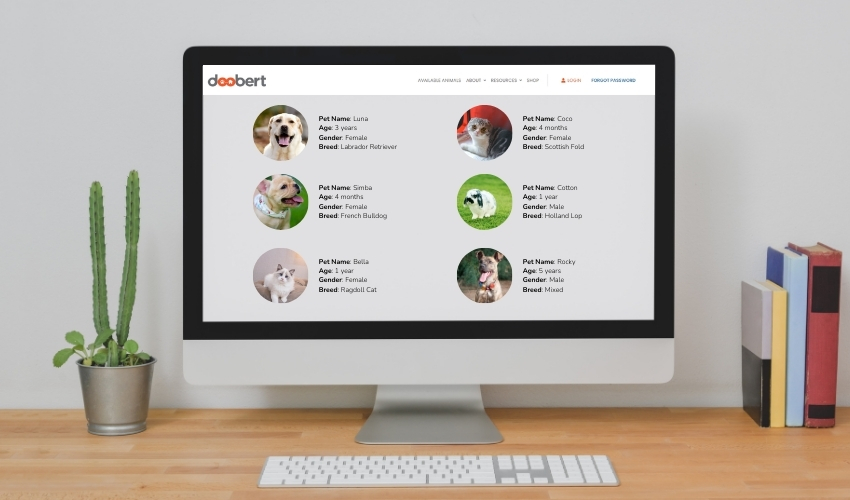Panting is a usual demeanor for happy and active dogs. However, a dog with diabetes panting is not the same as that. Diabetes in dogs can cause pain, and panting is one of their responses to discomfort.
If the furry friend pants constantly, it might be diabetes. Read this article to learn more about the signs and manifestations of diabetes in dogs.
Healthy Dog Panting Vs. Dog With Diabetes Panting
The owners should address changes in the panting sounds of their little canines. Healthy dogs typically do not need to pant when they lack excitement or exercise. Their panting must be associated with the outside activity or temperature.
It is common for dogs to pant when feeling hot, stressed, and excited. However, if dogs pant excessively or breathe rapidly at rest, something might be wrong. It might be due to pet diabetes or other chronic diseases.
When in doubt, go for a clinic visit. Call the vet or local emergency hospital for better guidance. Leave it to them to determine the reason for the dog’s heavy panting and to provide the appropriate prescriptions and medications.
5 Signs Of Diabetes In Dogs
Diabetes does not only affect humans. Even dogs, cats, and other animals get infected with this chronic disease. The following section tackles the top five manifestations of diabetes in dogs.
1. Constant panting
Excessive panting in dogs can be a symptom of hypertension. It is usually due to other ailments such as diabetes. A dog with diabetes panting can be dangerous as their blood is often acidic.
If diabetes in dogs goes untreated, it may develop into diabetic ketoacidosis (DKA). It can result in emergencies that often require hospitalization. Two of its primary symptoms include dogs being lethargic and panting excessively.
2. Appetite imbalance
Dogs can feel frequent hunger when their body’s cells are not getting enough glucose. This can happen even though dogs are eating a moderate amount. Due to a lack of insulin, they will be starving, always wanting to eat.
On the contrary, a dog with diabetes can also experience a loss of appetite. In addition, dogs may even vomit simultaneously.
3. Weight loss
Despite eating normally, diabetic dogs can lose weight gradually or suddenly. With insulin not functioning to get glucose into the heart, brain, and other vital organs for energy, their bodies will start to break down fats and muscles.
4. Increased urination
Dogs with diabetes may ask to go outdoors frequently and urinate accidentally inside the household. Increased urination happens because the body attempts to eliminate extra sugar and the liquid that bonds to the sugar by flushing it out through urine.
5. Excessive thirst
Nursing dogs and active dogs drink more than other canines. When dogs suddenly become thirsty for a day or so, it is usually not a reason for concern. However, if they have been emptying their water bowl and hitting the toilets consistently for more than a few days, it might be due to diabetes.
4 Primary Treatments For Diabetic Dogs

Following all-out examinations and tests, if a dog is positive for diabetes, the vet will prescribe pharmaceuticals and ongoing treatments to oversee the dog’s condition. Treatment for diabetes in canines typically involves the following:
1. Injections
Some diabetic dogs need daily shots of insulin under their skin. This practice is something the canine owner must learn to do. Worry less because it is not as hard as it sounds.
2. Diet
The veterinarian will recommend a suitable type of diet for diabetic dogs. It includes good-quality fiber, protein, and complex carbohydrates to slow glucose absorption. In addition, the diet may consist of relatively low-fat content.
3. Exercise
Exercising helps avoid sudden drops and spikes in glucose levels. Dog guardians must understand that their diabetic pet should maintain a moderate yet consistent exercise routine. Additionally, the pup’s weight should be at a healthy level according to sex, breed, and age.
4. Basic remedies
There are several treatments dog parents can do at home. When they behave unusually, act fast, but do not panic! Try doing the following remedies:
- Cool the dog by wetting them and moving them inside the house
- Offer the four-legged creature water to drink
- If they need to pay a visit to the clinic, turn on the air conditioning in the car
Conclusion
Although panting is a usual mannerism for dogs, it can also channel an underlying medical issue like diabetes. A dog constantly panting is not something to be ignored by its fur parent — learning to spot the signs of diabetes in them early on can help contain the disease from worsening.
Do not hesitate to drop by the Doobert website for more dog and other pet health concerns! Scroll through the page to join a group of Doobert volunteers and help rescue the animals that live near you.















